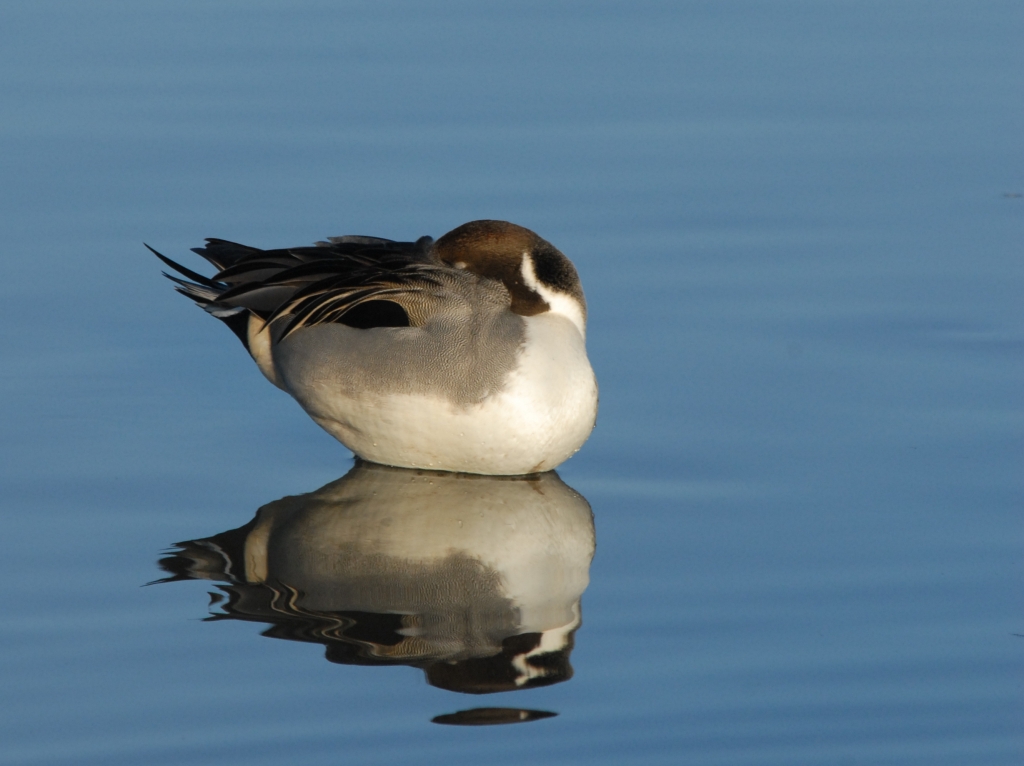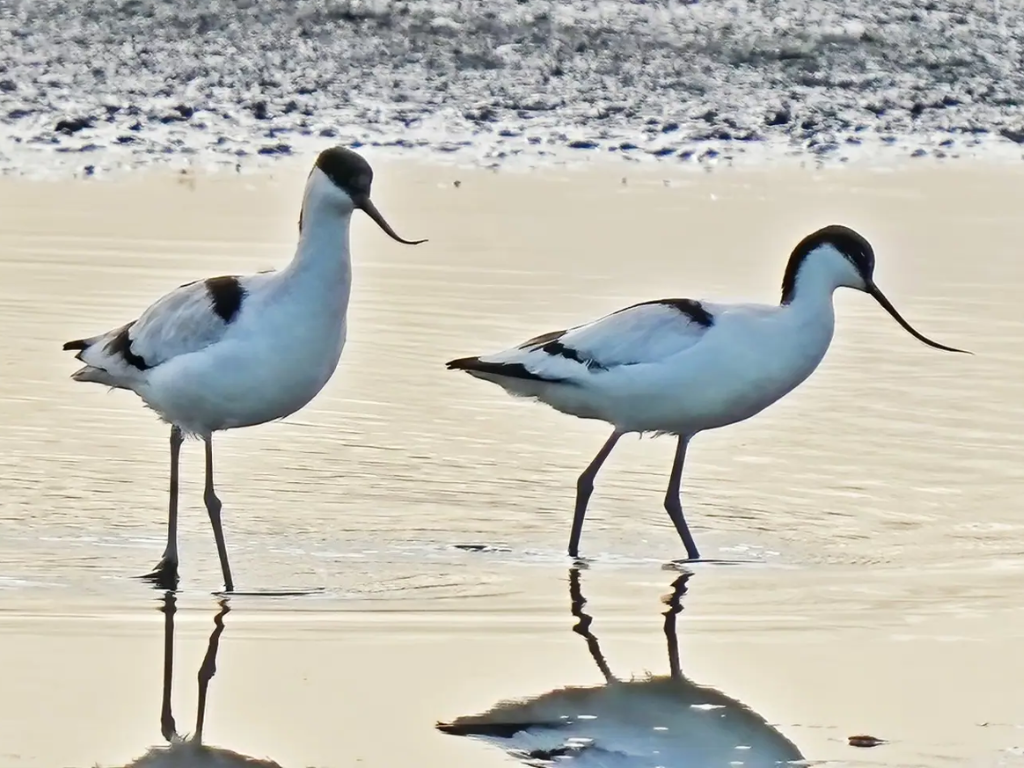Recent Sightings 8th - 14th January
Highlights: Woodcock, Fox, Scaup, Firecrest
Frosty mornings and cloudless skies are the signature for this week with parts of the reserve being frozen until midday.
The ducks have been skidding and sliding across the icy bodies of water before breaking through to feed and the overnight layers of frost give a great insight what's going out into the reserve in the dead of night.
The most common mammal track that is visible in the frost at the moment are the fox prints. They appear initially to be similar to a small dog, but are more diamond shaped. Taking this into consideration, and that there are no dogs allowed on the reserve, the reserve is a great place to hone in tracking skills for wild mammals.
Next time you find a muddy puddle or frosty path that has been undisturbed, have a quick look to see if the foxes have trotted through on a previous nighttime hunt or if an Otter has bounded through before sliding into the water.
Millennium Wetlands
Out on the reserve this week we've come into close contact with 4 of our Woodcock that flushed out of the brush during some routine checks on the reserve, flushing last minute and darting through the trees as they gain altitude and disappear from sight.
There patterning is slightly different than the Snipe but when you're able to get a good look at a Woodcock through a pair of binoculars the difference between the two can become apparent. Woodcock are much larger than Snipe but have a shorter neck, appearing as if the head is directly on the shoulders, whereas Snipe have a visible neck but are overall quite small.
While Woodcock are deep in the woodland, Snipe can be spotted at numerous points throughout the marshland areas of the reserve. As confirmed this morning (14/1), 4 to 5 Snipe are visible in the cut down sections of reedbed through the far left windows of the Peter Scott Hide with some tucked away sleeping and others staying vigilant for any predators.
Visitor reports have come in over the last week of a male Scaup on the reserve at the Deep Water Lake and two Firecrests somewhere on the Northern Loop.
The sighting of the Scaup couples well with a sighting of one on the estuary recently. Those who are familiar with our Tufted Ducks will notice and odd one out if a Scaup is present. Male Scaup have a similar appearance to Tufted Ducks but have a light greyish patch on their wings, and the females are similar to female Tufted Ducks but have a small white patch around the bill.
Similarly, there has been a reported sighting of two Firecrests on the reserve. They are difficult to spot, only 1 CM bigger than the Goldcrests which take the title of Britain's smallest bird, so for those looking for a challenge over the coming weeks be sure to keep an eye out above and hopefully more confirmed reports will start to build up over the coming weeks.
British Steel Hide
The Saline Lagoon and the Dafen Scrapes have been taking shape this week with our new sluices being tested in the area. Black-tailed Godwit have been taking the opportunity to explore the flooded Western Scrapes so they've been active in flight and in scattered flocks, but usually they can be seen at their height in a flock of atleast 200-300 out on the Saline Lagoon. Black-headed Gulls are there in groups of around 30 or 40 and will no doubt be a great spectacle in the summer when they begin to nest nearby in the Fresh Water Lagoon.
Like previous weeks, the Dafen Scrapes and the Saline Lagoon have been consistently home to great numbers of Lapwing, Godwit, Gulls, Shoveler, Shelduck, Redshank, Buzzards, Herons, Wigeon, Little Egrets, and Spoonbills.


